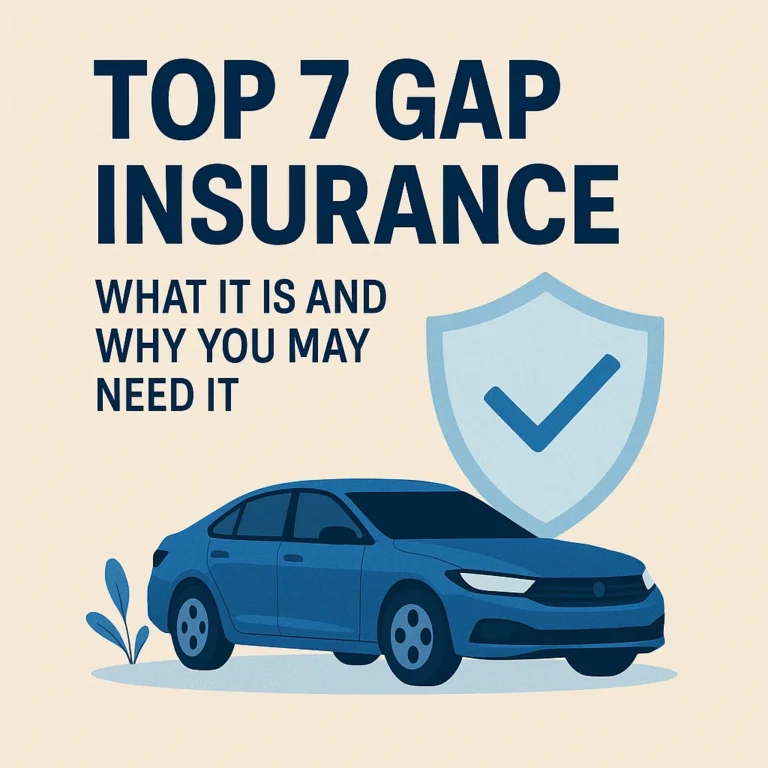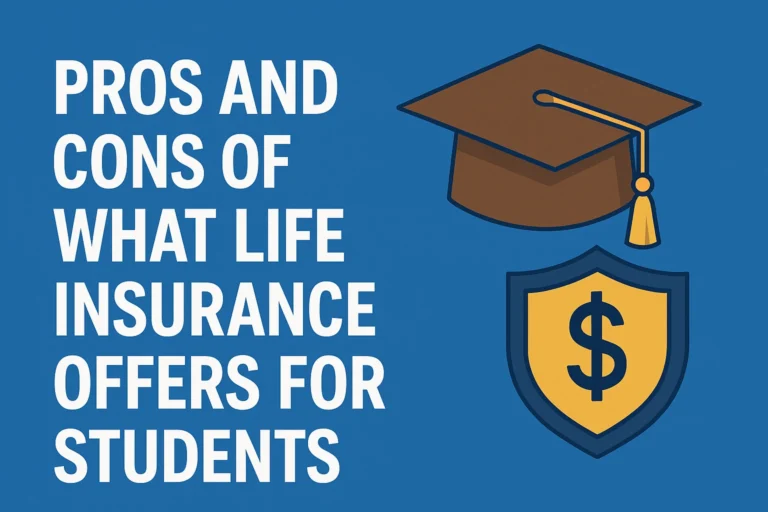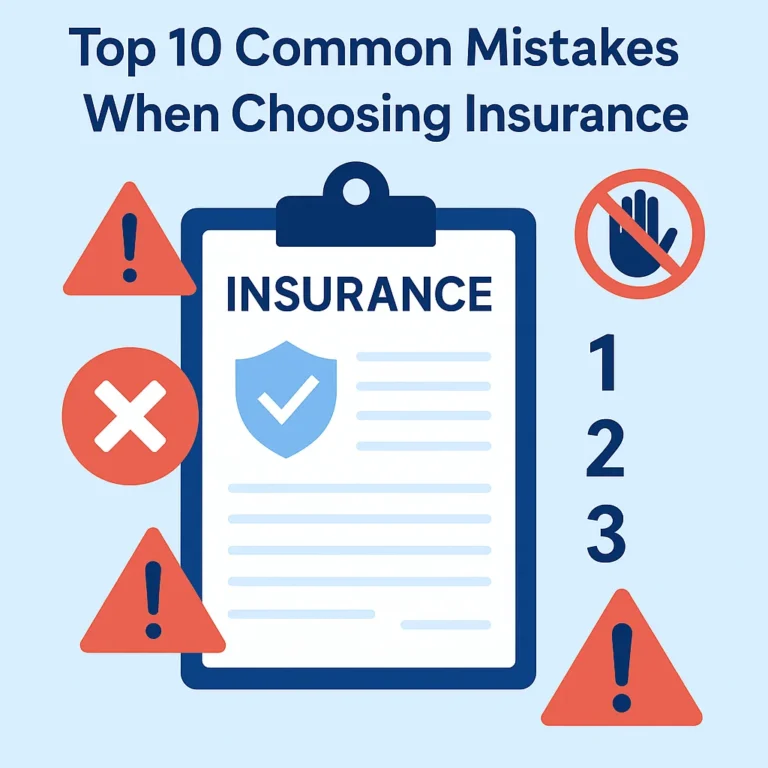Securing affordable student car insurance in Texas can feel overwhelming for young drivers and their families. With limited driving history, tight budgets, and state-specific regulations, students often face higher premiums than average. Fortunately, there are ways to reduce these costs without sacrificing protection.
This comprehensive guide provides actionable strategies to help students in Texas find the best value car insurance policies. Whether you’re attending a university in Austin, commuting in Houston, or road-tripping from Dallas, these smart tips and insights can lead to big savings.
Understanding Student Car Insurance in Texas
Car insurance for students in Texas is governed by both state requirements and the policies of individual insurers. While every driver must carry minimum liability coverage, students often face higher rates due to age-related risk factors. It’s essential to understand what coverage is required and what options are available to optimize your policy.
Texas law mandates minimum liability coverage of $30,000 for injuries per person, $60,000 per accident, and $25,000 for property damage. However, many insurers recommend higher coverage limits or full coverage policies for better protection—especially for students driving newer or financed vehicles.
Students are also eligible for a variety of insurance discounts, such as good student discounts, driver training credits, and bundling deals with renters or homeowners insurance. Awareness of these options can significantly lower premiums.
Moreover, certain cities in Texas have higher average premiums due to traffic density, accident statistics, or theft rates. Understanding regional insurance trends can help you make informed decisions when choosing a provider.
Finally, the student’s status—dependent vs. independent—can impact whether they’re listed under a parent’s policy or must purchase their own. Both options have cost and coverage implications that need to be considered.
Key Strategies for Reducing Student Car Insurance Costs
1. Maintain a High GPA
Many insurers offer a good student discount for maintaining a GPA of 3.0 or higher. This can result in savings of up to 20%. Always provide up-to-date transcripts or report cards during renewal periods to maintain the discount.
2. Take a Defensive Driving Course
Completing a state-approved defensive driving course not only improves driving skills but can also unlock premium discounts. In Texas, this can reduce points on your license and signal to insurers that you are a lower-risk driver.
3. Opt for a Higher Deductible
Choosing a higher deductible—what you pay out of pocket before coverage kicks in—can lower your monthly premium. This works best for students who drive infrequently or own older vehicles where minor damage isn’t a financial burden.
4. Stay on a Parent’s Policy if Possible
Adding a student to a parent’s existing policy is often more cost-effective than a standalone policy. This is particularly true if the parent has a good driving record and a long history with the insurer.
5. Consider Usage-Based Insurance
Many insurers offer telematics or usage-based plans that track driving behavior. If you’re a safe driver, this could mean significantly lower rates based on your mileage and habits.
6. Shop Around Annually
Insurance premiums can change frequently. Use online comparison tools to shop for better rates each year, especially after major life events like moving or graduating.
7. Bundle Insurance Policies
Bundling auto insurance with renters or life insurance can earn you multi-policy discounts. This is especially useful for students renting off-campus housing in cities like San Antonio or El Paso.
Common Mistakes and How to Avoid Them
Underinsuring to Save Money
Many students opt for minimum coverage to save money but end up paying more after an accident. A basic policy may not cover collision or comprehensive damage, leaving you financially vulnerable.
Ignoring Discounts
Failing to claim eligible discounts is a missed opportunity. Always ask insurers about good student, distant student, and safe driver discounts.
Not Updating Address Information
Insurance premiums are location-sensitive. If you’ve moved to a different zip code or started college out of town, make sure your insurer has your current address.
Choosing the Wrong Car
Sporty or high-value cars come with higher insurance costs. Students should choose reliable, safe, and affordable vehicles that qualify for lower premiums.
Texas Insurance Comparison Tables
| City | Average Premium |
|---|---|
| Houston | $210 |
| Austin | $185 |
| Dallas | $195 |
| San Antonio | $175 |
| Discount Type | Average Savings |
|---|---|
| Good Student | 10–20% |
| Telematics | Up to 30% |
| Multi-Policy | 5–15% |
| Defensive Driving Course | Up to 10% |
Frequently Asked Questions
Is it cheaper to be on a parent’s insurance policy?
Yes, students typically pay less when added to a parent’s policy, especially if the parent has a clean driving record and long-standing relationship with the insurer.
Do students need full coverage insurance?
Full coverage is ideal for students with newer vehicles or auto loans. Liability-only is sufficient for older cars with lower value.
Can out-of-state students get insured in Texas?
Yes, but they must provide proof of residence or college enrollment in Texas. Local address updates are required for compliance and accurate rate calculation.
Conclusion and Summary
Finding affordable student car insurance in Texas requires a proactive approach. By understanding legal requirements, taking advantage of discounts, and choosing the right vehicle, students can reduce premiums and ensure solid coverage. Avoiding common pitfalls and shopping around annually are key to long-term savings.
Be sure to explore related guides such as How to Compare Car Insurance Policies Effectively and Texas Minimum Car Insurance Requirements Explained for deeper insight into this topic. For more information on state-specific insurance laws, visit the Texas Department of Insurance. You can also compare real-time quotes on The Zebra.






